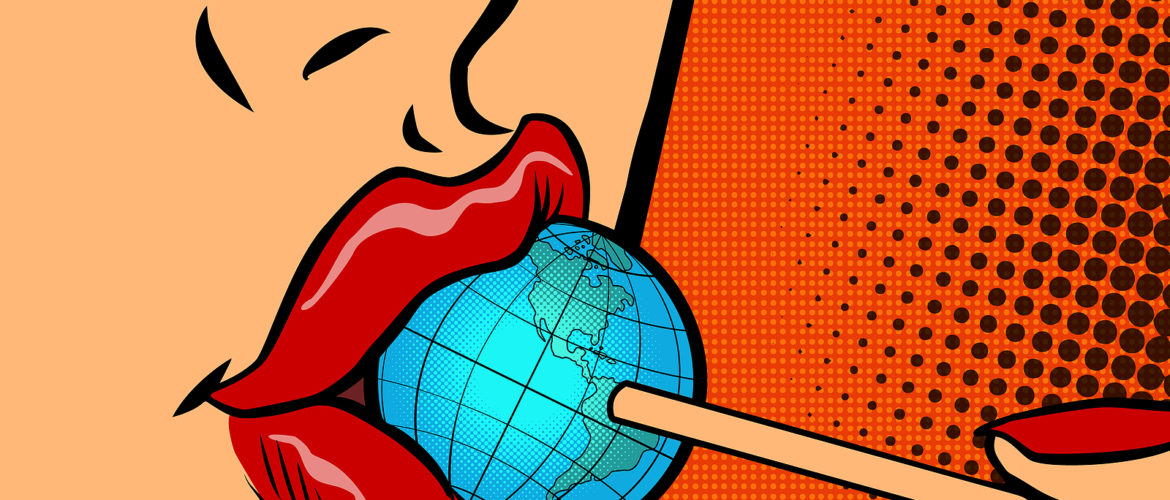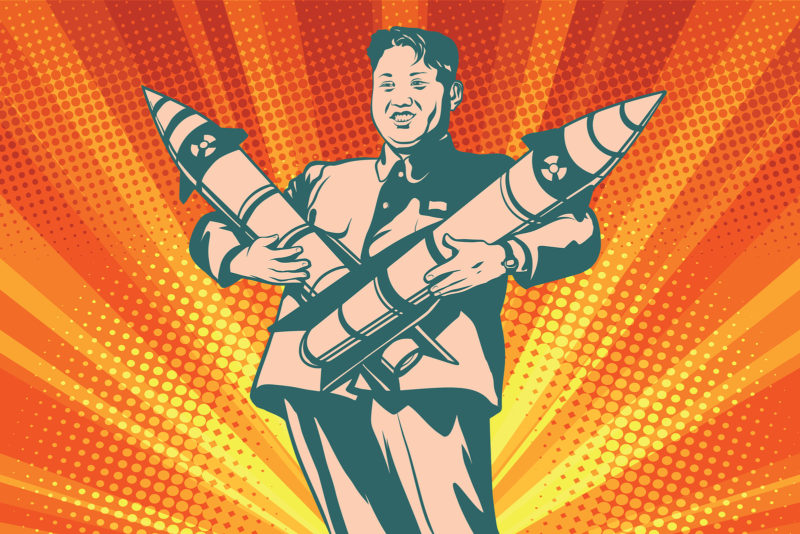Art and Politics: 3 Ways They Coexist in Society

Art and politics are like two antagonistic siblings, and even though people see them and, at least, accept their existence, not many of them know how these two individuals live and, most importantly, coexist. You may often hear something like, “I am not into politics because I don’t understand it.” The phrase is conceptually similar to “Art is confusing, so I don’t bother to understand its meaning.” The examples are rough, but there is some vicious connection between the two, and it is disturbing.
While politics directly influences our life, art impacts us evasively, and it is much harder to trace its effect. And yet, the two have historically become allies, and though their intentions are different, they are exceptionally good at cooperation. Let’s see how they coexist in society.
Art and Politics: 3 Ways They Coexist in Society
Art as a political message
There is so much happening in politics every day and week that some people choose to ignore all that noise. However, some matters cannot be neglected and require particular attention. That’s when artists start visualizing political messages so that more people are aware of them. A good example is an ongoing war in Ukraine which inspired a lot of art exhibitions. “Say No to War: Striking Political Cartoons by Ukrainian and Russian Artists” by the Museum of Russian Art is one of them.
Art as a social commentary and warning
Some artworks have a menacing aura since they are created as a warning or a commentary on how things are and will be if nothing is done in the days to come. That’s what Banksy and a lot of other adepts of street art do. In other words, art and politics join forces to become a sort of judgment and criticism of society with the hope that people will question their own preconceptions and start working on self- and social development.
Art as a political propaganda
Similar to politics, art is not all black and white. Some artists may use their talents to foster a certain political agenda, aka propaganda. Propaganda posters and caricatures are forms of political war without bloodshed. In this sense, the role of art doesn’t change: it is still created to fascinate people and evoke emotions. That’s how it can become a tool for manipulation.
Conclusion
The information above is proof that two powers, art and politics, can harmonically coexist. What is really important is that both notions require subtle understanding and awareness if you don’t want to be tricked by con artists–whether in suits or painting aprons.

